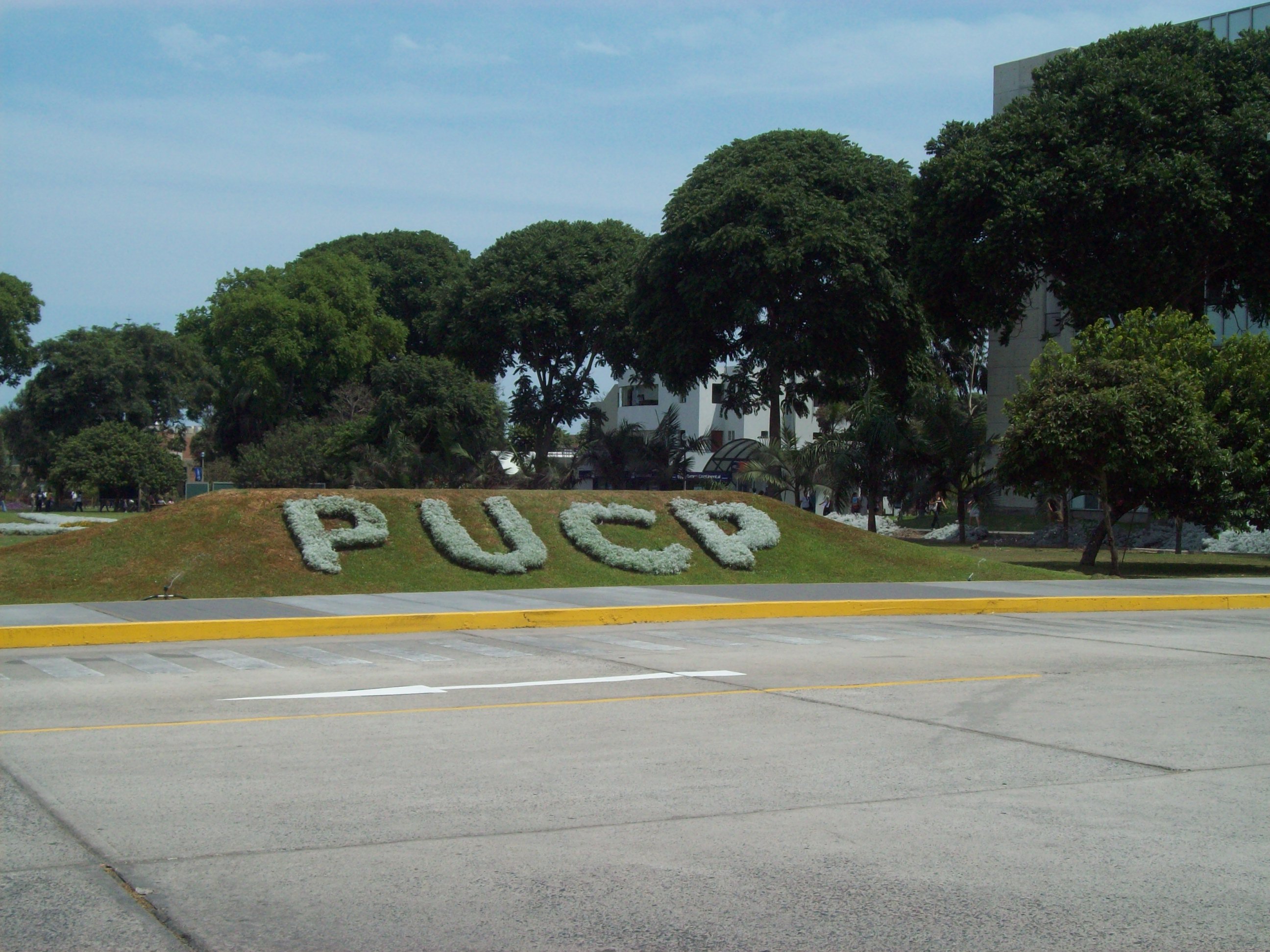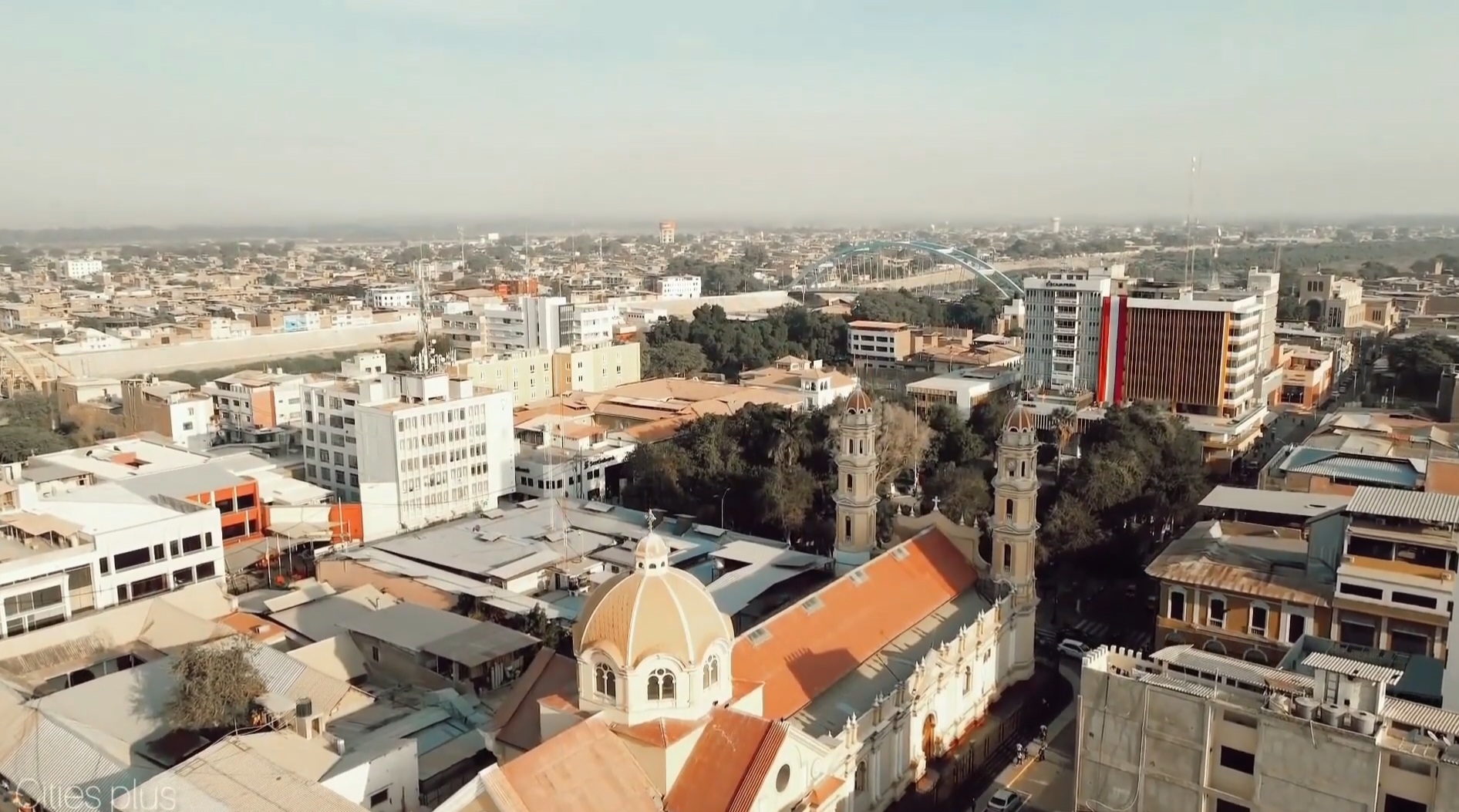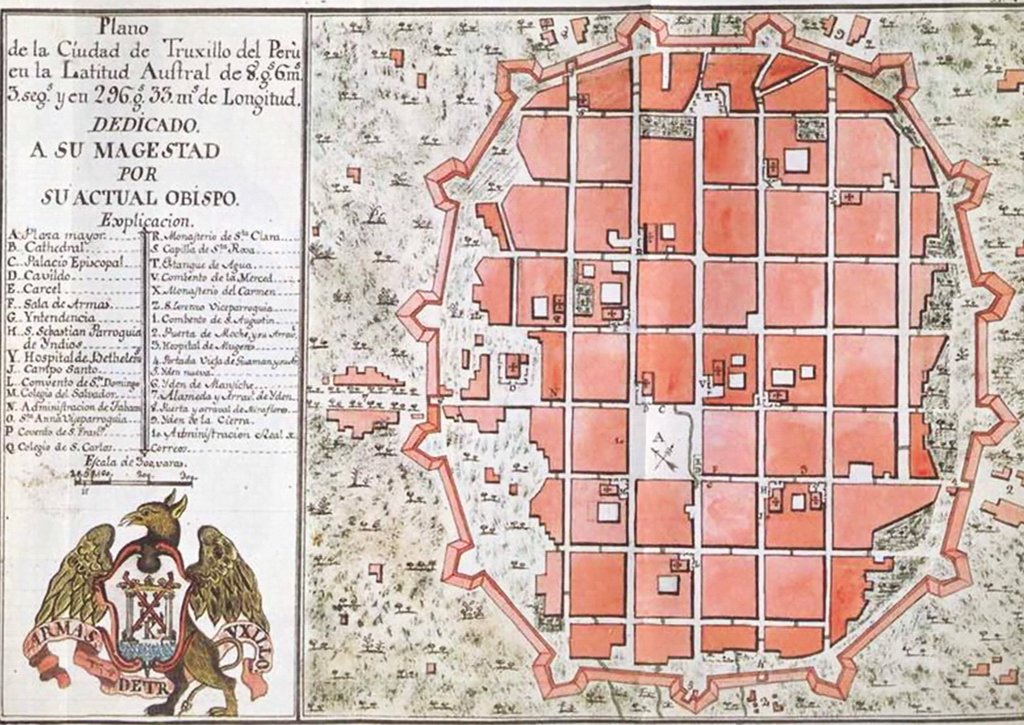|
Chalena Vásquez
Rosa Elena Vásquez Rodríguez, generally known as Chalena Vásquez, (1950–2017) was a Peruvian composer, music researcher and ethnomusicologist. At the Pontifical Catholic University of Peru (PUCP), she gave courses on folklore and anthropology of art and from 1992 directed the university's Music and Dance Centre. Her books document the history of Andean and Afro-Peruvian music. For ''La práctica musical de la población negra en el Perú. Danza de Negritos de El Carmen'' she received the Musicology Award from the Cuban Casa de las Américas in 1982. Early life and education Born in 1950 in Sullana, Piura, Rosa Elena Vásquez Rodríguez was the daughter of Héctor Vásquez Rey and Fornariña Rodríguez. She was given the name Chelana by her younger sister who wrote it while she was learning to read. It soon became her official name. From 1967 she studied piano and voice at the music conservatory Carlos Valderrama in Trujillo and then graduated in musicology in 1983 at the Natio ... [...More Info...] [...Related Items...] OR: [Wikipedia] [Google] [Baidu] |
Ethnomusicologist
Ethnomusicology is the multidisciplinary study of music in its cultural context. The discipline investigates social, cognitive, biological, comparative, and other dimensions. Ethnomusicologists study music as a reflection of culture and investigate the act of music-making through various immersive, observational, and analytical approaches. This discipline emerged from comparative musicology, initially focusing on non-Western music, but later expanded to embrace the study of all different music. The practice of ethnomusicology relies on direct engagement and performance, as well as academic work. Fieldwork takes place among those who make the music, engaging local languages and culture as well as music. Ethnomusicologists can become participant observers, learning to perform the music they are studying. Fieldworkers also collect recordings and contextual data. Definition Ethnomusicology combines perspectives from folklore, psychology, cultural anthropology, linguistics, compara ... [...More Info...] [...Related Items...] OR: [Wikipedia] [Google] [Baidu] |
Pontifical Catholic University Of Peru
Pontifical Catholic University of Peru (, PUCP) is a private university in Lima, Peru. It was founded in 1917 with the support and approval of the Catholic church, being the oldest private institution of higher learning in the country. The Peruvian historian and politician José de la Riva-Agüero y Osma would become his main benefactor by leaving him most of his assets as an inheritance, as it was then a more religious educational institution and linked to the Catholic Church; in contrast to his alma mater and original destination of his inheritance, the National University of San Marcos, where Riva-Agüero considered that liberal ideas and atheism predominated here. In July 2012, after an apostolic visitation, begun earlier, in 2011, by Peter Erdo, Archbishop of Esztergom-Budapest, Hungary, the Holy See withdrew from the university the right under canon law (Catholic Church), canon law to use the titles ''Catholic'' and ''Pontifical'' in its name. Archbishop of Lima, Juan Luis ... [...More Info...] [...Related Items...] OR: [Wikipedia] [Google] [Baidu] |
Casa De Las Américas
Casa de las Américas is an organization that was founded by the Cuban Government in April 1959, four months after the Cuban Revolution, for the purpose of developing and extending the socio-cultural relations with the countries of Latin America, the Caribbean and the rest of the world. Originally a publishing house and information center, it has developed into the best-known and most prestigious cultural institution in Cuba. The organization awards the Casa de las Américas Prize, in several literary categories, and its official journal, ''Casa de las Américas'', has been published since 1961. History The organization was founded by Haydée Santamaría, a member of the 26th of July Movement and one of the few women directly involved in the revolutionary brigades. Under her leadership, it became over the next two decades a physical and cultural refuge for artists and writers who had been persecuted in their homelands for their advocacy of social justice and opposition to militar ... [...More Info...] [...Related Items...] OR: [Wikipedia] [Google] [Baidu] |
Sullana
SullanaRegional Tourism Office of Piuraciudad de Sullana. Consulted on July 8, 2009. is a city in Peru and the capital of the Sullana Province, Piura, in the north-western coastal plains of Peru on the Chira valley. The city is home to 162,500 people and is one of the most important cities in the Department of Piura. Geography Sullana is located at 04°53' south latitude and 80°41' west longitude, 38 km north of Piura, the capital of the region. Climate The province has a Hot Desert climate and an average temperature of 27 °C degrees. The minimum temperature is 16 °C and the maximum temperature is 38 °C (can go over 42 °C mark if the El Niño phenomenon is present). The city is irrigated by the Chira River, the area around the capital city of Sullana is very fertile and there is much lush, tropical vegetation: Coconut palm trees, banana trees, paddy fields, etc. Sullana is an important commercial centre in one of Peru's major cotton-growing ar ... [...More Info...] [...Related Items...] OR: [Wikipedia] [Google] [Baidu] |
Piura
Piura is a city in northwestern Peru, located north of the Sechura Desert along the Piura River. It is the capital of the Piura Region and the Piura Province. Its population was 484,475 as of 2017 and it is the 7th most populous city in Peru. The city is located in the central eastern part of the Piura Region, 981 kilometers from the country's capital, Lima and is near to the border with Ecuador. It was here that Spanish Conqueror Francisco Pizarro founded the third Spanish city in South America and first in Peru, under the name of ''San Miguel de Piura'', in JulyHemming, J., 1970, The Conquest of the Incas, New York: Harcourt Brace Jovanovich, Inc., or August of 1532. Piura declared its independence from Spain on 4 January 1821, a few months before Peru gained its independence on 28 July 1821. It is the commercial and administrative center of the Department of Piura. Symbols Coat of arms The coat of arms of Piura was created by the Spanish Crown on December 7, 1537, thr ... [...More Info...] [...Related Items...] OR: [Wikipedia] [Google] [Baidu] |
Trujillo, Peru
Trujillo (; ; Mochica language, Mochica: ''Cɥimor'') is a city in coastal northwestern Peru and the capital of the Department of La Libertad. It is the third most populous city and center of the List of metropolitan areas of Peru, third most populous metropolitan area of Peru. It is located on the banks of the Moche River, near its mouth at the Pacific Ocean, in the Moche Valley. This was a site of the great prehistoric Moche (culture), Moche and Chimu cultures before the Inca conquest and subsequent expansion. The Independence of Trujillo from Spain was proclaimed in the Historic Centre of Trujillo on December 29, 1820, and the city was honored in 1822 by the Congress of the Republic of Peru with the title "Meritorious City and Faithful to the Fatherland", for its role in the fight for Peruvian independence. Trujillo is the birthplace of Peru's judiciary. In 1823, Riva Agüero settled in Trujillo after being deposed, but his government lacked legal recognition, while the Cong ... [...More Info...] [...Related Items...] OR: [Wikipedia] [Google] [Baidu] |
Ayacucho
Ayacucho (, , derived from the words ''aya'' ("death" or "soul") and ''k'uchu'' ("corner") in honour of the battle of Ayacucho), founded in 1540 as San Juan de la Frontera de Huamanga and known simply as Huamanga (Quechua: Wamanga) until 1825, is the capital city of Ayacucho Region and of Huamanga Province, Ayacucho Region, Peru. Its original name, which continues to be the alternative name of the city, dates back to the Incan and Viceregal periods of its history, until its official change by Simón Bolívar in 1825 through a decree to commemorate the battle of Ayacucho during the Peruvian War of Independence. Bolívar issued the decree on February 15, 1825, changing the name from "Huamanga" to "Ayacucho", after the battle that decisively established the total independence of the nascent Peruvian Republic. Ayacucho is famous for its 33 churches, which represent one for each year of Jesus' life. Ayacucho has large religious celebrations, especially during the Holy Week of Easte ... [...More Info...] [...Related Items...] OR: [Wikipedia] [Google] [Baidu] |
1950 Births
Events January * January 1 – The International Police Association (IPA) – the largest police organization in the world – is formed. * January 5 – 1950 Sverdlovsk plane crash, Sverdlovsk plane crash: ''Aeroflot'' Lisunov Li-2 crashes in a snowstorm. All 19 aboard are killed, including almost the entire national ice hockey team (VVS Moscow) of the Soviet Air Force – 11 players, as well as a team doctor and a masseur. * January 6 – The UK recognizes the People's Republic of China; the Republic of China severs diplomatic relations with Britain in response. * January 7 – A fire in the St Elizabeth's Ward of Mercy Hospital in Davenport, Iowa, United States, kills 41 patients. * January 9 – The Israeli government recognizes the People's Republic of China. * January 12 – Submarine collides with Sweden, Swedish oil tanker ''Divina'' in the Thames Estuary and sinks; 64 die. * January 13 – Finland forms diplomatic relations with the People's Republic of Chin ... [...More Info...] [...Related Items...] OR: [Wikipedia] [Google] [Baidu] |
2017 Deaths
This is a list of lists of deaths of notable people, organized by year. New deaths articles are added to their respective month (e.g., Deaths in ) and then linked below. 2025 2024 2023 2022 2021 2020 2019 2018 2017 2016 2015 2014 2013 2012 2011 2010 2009 2008 2007 2006 2005 2004 2003 2002 2001 2000 1999 1998 1997 1996 1995 1994 1993 1992 1991 1990 1989 1988 1987 1986 Earlier years ''Deaths in years earlier than this can usually be found in the main articles of the years.'' See also * Lists of deaths by day * Deaths by year (category) {{DEFAULTSORT:deaths by year ... [...More Info...] [...Related Items...] OR: [Wikipedia] [Google] [Baidu] |
People From The Department Of Piura
The term "the people" refers to the public or common mass of people of a polity. As such it is a concept of human rights law, international law as well as constitutional law, particularly used for claims of popular sovereignty. In contrast, a people is any plurality of persons considered as a whole. Used in politics and law, the term "a people" refers to the collective or community of an ethnic group or nation. Concepts Legal Chapter One, Article One of the Charter of the United Nations states that "peoples" have the right to self-determination. Though the mere status as peoples and the right to self-determination, as for example in the case of Indigenous peoples (''peoples'', as in all groups of indigenous people, not merely all indigenous persons as in ''indigenous people''), does not automatically provide for independent sovereignty and therefore secession. Indeed, judge Ivor Jennings identified the inherent problems in the right of "peoples" to self-determination, as i ... [...More Info...] [...Related Items...] OR: [Wikipedia] [Google] [Baidu] |
Peruvian Composers
Peruvians (''/peruanas'') are the citizens of Peru. What is now Peru has been inhabited for several millennia by cultures such as the Caral before the Spanish conquest in the 16th century. Peruvian population decreased from an estimated 5–9 million in the 1520s to around 600,000 in 1620 mainly because of infectious diseases carried by the Spanish. Spaniards and Africans arrived in large numbers in 1532 under colonial rule, mixing widely with each other and with Native Peruvians. During the Republic, there has been a gradual immigration of European people (especially from Spain and Italy, and to a lesser extent from Germany, France, Croatia, and the British Isles). Chinese and Japanese arrived in large numbers at the end of the 19th century. With 31.2 million inhabitants according to the 2017 Census. Peru is the fourth most populous country in South America. Its demographic growth rate declined from 2.6% to 1.6% between 1950 and 2000, and its population is expected to reach ... [...More Info...] [...Related Items...] OR: [Wikipedia] [Google] [Baidu] |
Peruvian Women Composers
Peruvians (''/peruanas'') are the citizens of Peru. What is now Peru has been inhabited for several millennia by cultures such as the Caral before the Spanish conquest of Peru, Spanish conquest in the 16th century. Peruvian population decreased from an estimated 5–9 million in the 1520s to around 600,000 in 1620 mainly because of infectious diseases carried by the Spanish Empire, Spanish. Spaniards and Afro-Peruvians, Africans arrived in large numbers in 1532 under Colonialism, colonial rule, mixing widely with each other and with Native Peruvians. During the Republic, there has been a gradual immigration of European people (especially from Spain and Italy, and to a lesser extent from Germany, France, Croatia, and the British Isles). Chinese people, Chinese and Japanese people, Japanese arrived in large numbers at the end of the 19th century. With 31.2 million inhabitants according to the 2017 Peru Census, 2017 Census. Peru is the List of South American countries by population ... [...More Info...] [...Related Items...] OR: [Wikipedia] [Google] [Baidu] |







